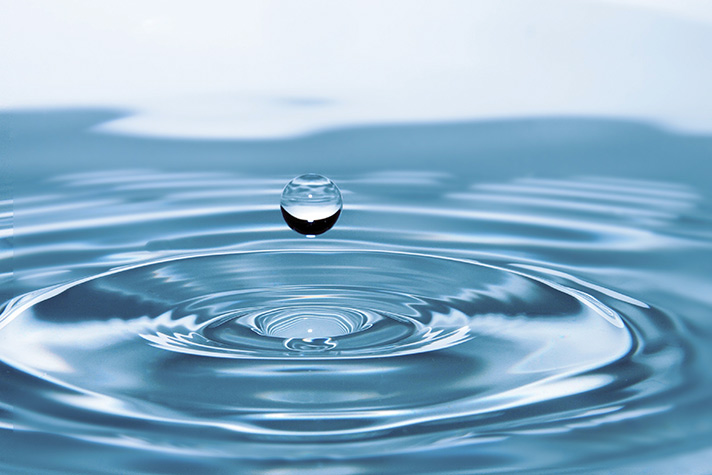On Real Estate & More – September 2019
Water is a critical part of our way of life. Our economy, environment and our day-to-day lifestyle need water in order to flourish. But it’s a limited resource, and especially this time of year we need to rethink the way we use water on a daily basis. The good news is there are lots of simple ways to reduce the amount of water that we use at home, both inside and outside. The following tips will help save water.
Indoors:
•Use the washing machine and dishwasher for full loads only.
Install a water-efficient washer and dishwasher.
•Install aerators on your faucets to reduce flows.
•When washing dishes by hand, don’t let the water run. Fill one basin with wash water and the other with rinse water.
•Use the garbage disposal sparingly. Instead, compost vegetable food waste.
•Collect the water you use. Use it to water house plants.
•Install low-flow shower heads.
•Fill the bathtub halfway or less. When running a bath, plug the bathtub before turning on the water. Adjust the temperature as the tub fills.
•Turn water off when brushing teeth or shaving.
•Install a high-efficiency toilet.
•Be sure to test your toilet for leaks at least once a year. Put food coloring in your toilet tank. If it seeps into the bowl without flushing, there’s a leak.
•Consider buying a dual-flush toilet. It has two flush options: a half-flush for liquid waste and a full-flush for solid waste.
•Turn off the water while washing your hair.
•Take a shower instead of a bath. A bathtub can use up to 70 gallons of water.
Outdoors—Most people think that they use more water indoors than outdoors. Typically, the opposite is true. In our area, 50% or more of the water we use goes on lawns and outdoor landscaping. There are lots of ways to save water but reducing the water you use outdoors can make the biggest difference of all.
•Water early in the morning or later in the evening when temperatures are cooler.
•Check your sprinkler system frequently and adjust sprinklers so only your lawn is watered and not the house, sidewalk, or street.
•Choose a water-efficient irrigation system such as drip irrigation for your trees, shrubs, and flowers.
•Water deeply but less frequently to create healthier and stronger landscapes.
•Put a layer of mulch around trees and plants to reduce evaporation and keep the soil cool.
•Plant drought-resistant trees and plants.
•Learn how much water your landscaping actually needs to thrive. Overwatering is one of the most common mistakes people make.
•If you really want to be an efficient water user, invest in a weather-based irrigation controller—or a smart controller. These devices will automatically adjust the watering time and frequency based on soil moisture, rain, wind, and evaporation and transpiration rates.
•Plant the right plants for your climate.
•Use a broom to clean driveways, sidewalks and patios.
•Wash cars/boats with a bucket, sponge, and hose with self-closing nozzle.

 Sandy J. Brown lives in Jacksonville and is a real estate broker and land use planner with Windermere Van Vleet Jacksonville. She can be reached at sandyjbrown@windermere.com or 831-588-8204.
Sandy J. Brown lives in Jacksonville and is a real estate broker and land use planner with Windermere Van Vleet Jacksonville. She can be reached at sandyjbrown@windermere.com or 831-588-8204.